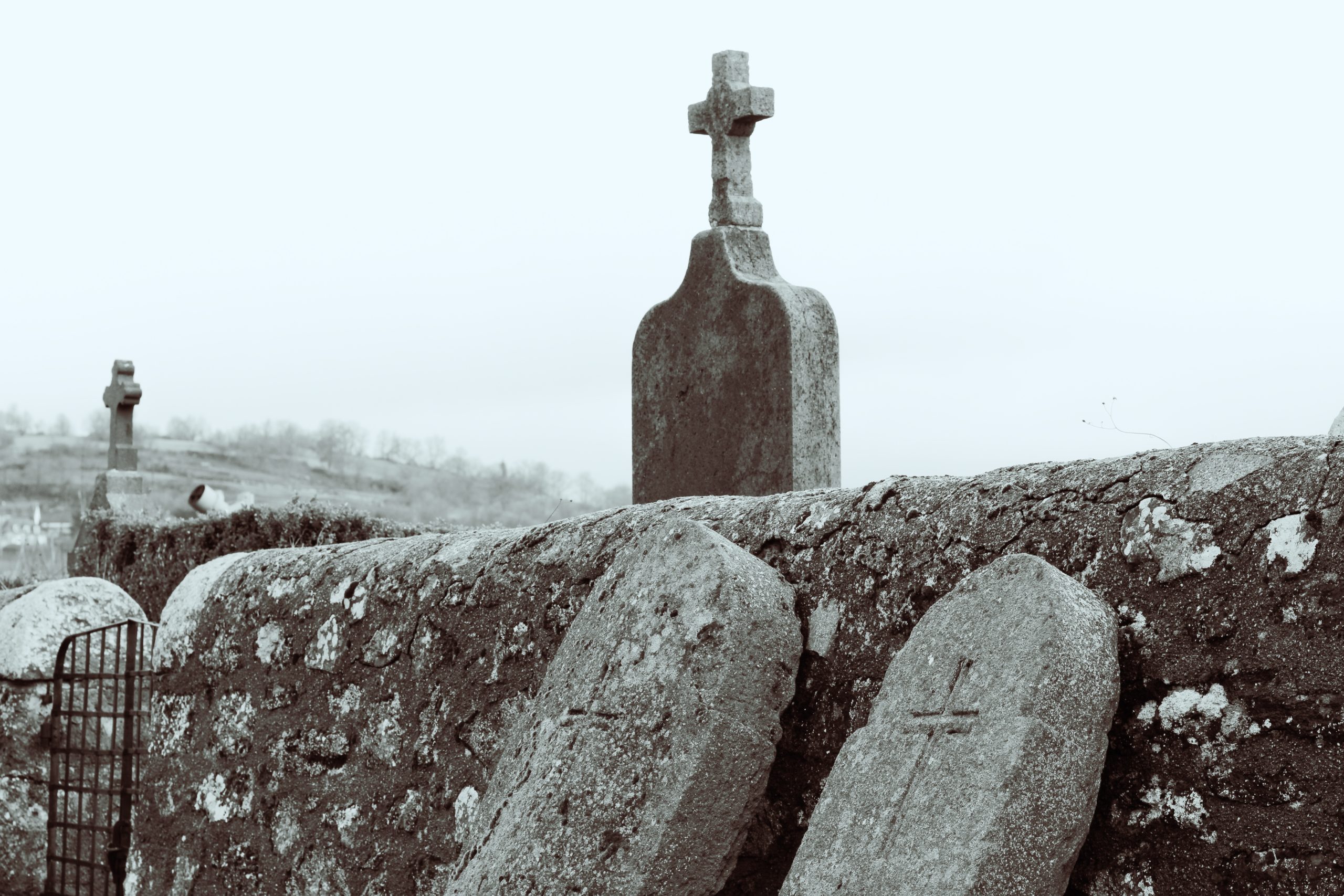Slip and fall accidents can happen unexpectedly, leaving individuals injured and potentially facing long-term consequences. In the aftermath of such incidents, taking prompt and appropriate action is crucial. Reporting the incident promptly not only ensures your safety but also plays a significant role in the legal and insurance processes that may follow. In this blog, we’ll delve into the importance of prompt reporting and outline the necessary steps to take after a slip and fall.
1. Prioritize Your Safety:
The immediate aftermath of a slip and fall can be disorienting, but it’s vital to prioritize your safety. Assess yourself for injuries and seek medical attention if necessary. If you are unable to move or are in severe pain, call for help or ask someone nearby to assist you.
2. Identify the Cause:
Take note of the conditions that led to the slip and fall. Was it a wet floor, uneven surface, or a hidden obstacle? Documenting the cause of the accident is essential for both your safety and any potential legal actions that may follow.
3. Report the Incident:
Notify the property owner, manager, or relevant authority about the slip and fall incident as soon as possible. Provide them with a clear and factual account of what happened. Be sure to obtain the contact information of the person to whom you report the incident.
4. Document the Scene:
If possible, take photographs of the scene, focusing on the hazardous conditions that caused your fall. These visual records can serve as valuable evidence later on. Additionally, note the date, time, and any relevant details that might help in recreating the circumstances surrounding the incident.
5. Gather Witness Information:
If there were witnesses to your slip and fall, obtain their contact information. Witness testimonies can be crucial in establishing the facts of the accident and supporting your case if legal action becomes necessary.
6. Seek Medical Attention:
Even if your injuries seem minor initially, it’s advisable to seek medical attention promptly. Some injuries may not manifest symptoms immediately, and a medical professional can assess the extent of your injuries and provide documentation for your case.
7. Preserve Evidence:
Preserve any evidence related to the incident, such as the clothes you were wearing at the time or the shoes that may have contributed to the slip and fall. This evidence can help establish the circumstances and conditions surrounding the accident.
8. Consult with an Attorney:
If you believe that negligence played a role in your slip and fall, it’s wise to consult with a personal injury attorney. They can provide guidance on the legal aspects of your case and help you navigate the process of seeking compensation for your injuries.
In conclusion, the importance of prompt reporting after a slip and fall cannot be overstated. Reporting the incident promptly not only ensures that necessary actions are taken to address the hazardous conditions but also strengthens your position in any potential legal proceedings. By following these steps, you not only protect your rights but also contribute to creating safer environments for others.











